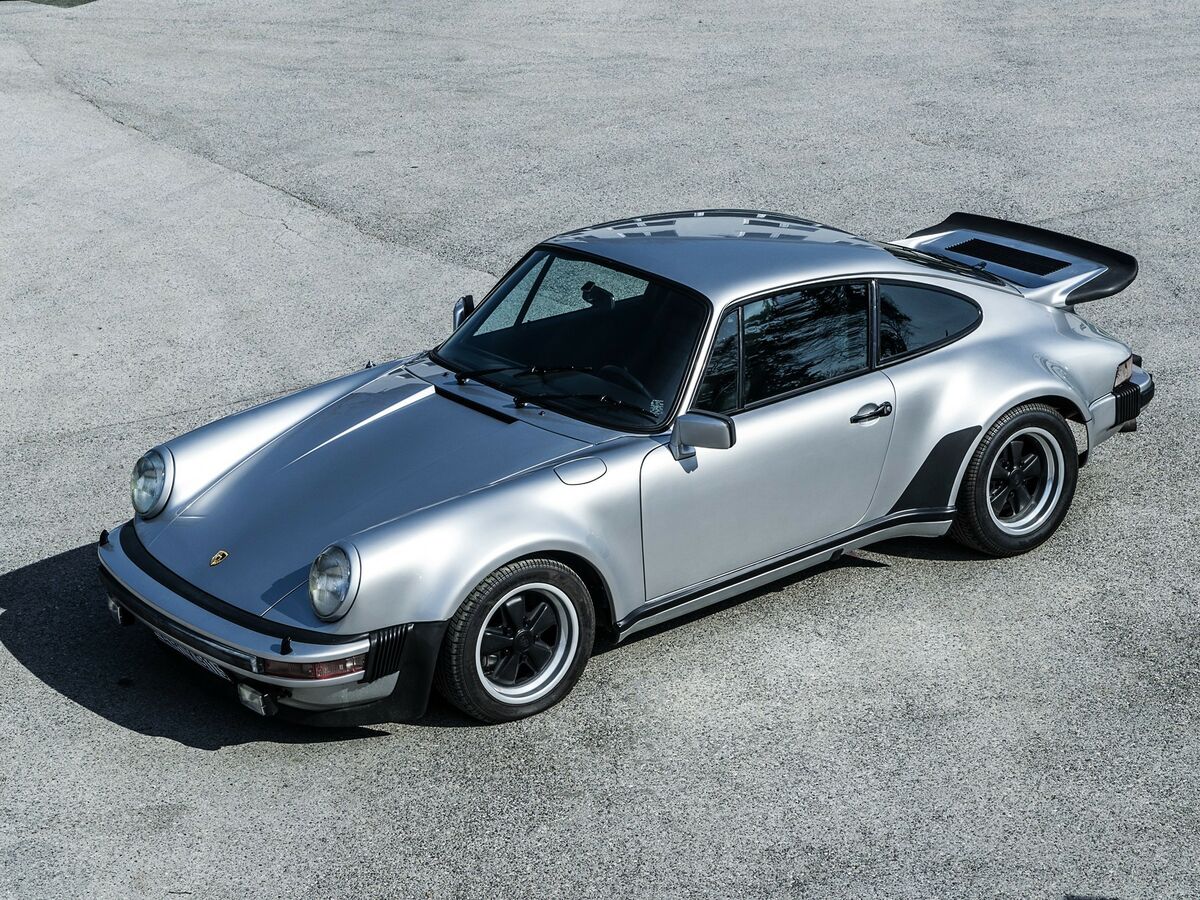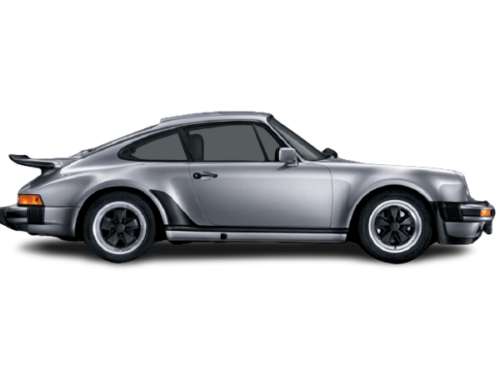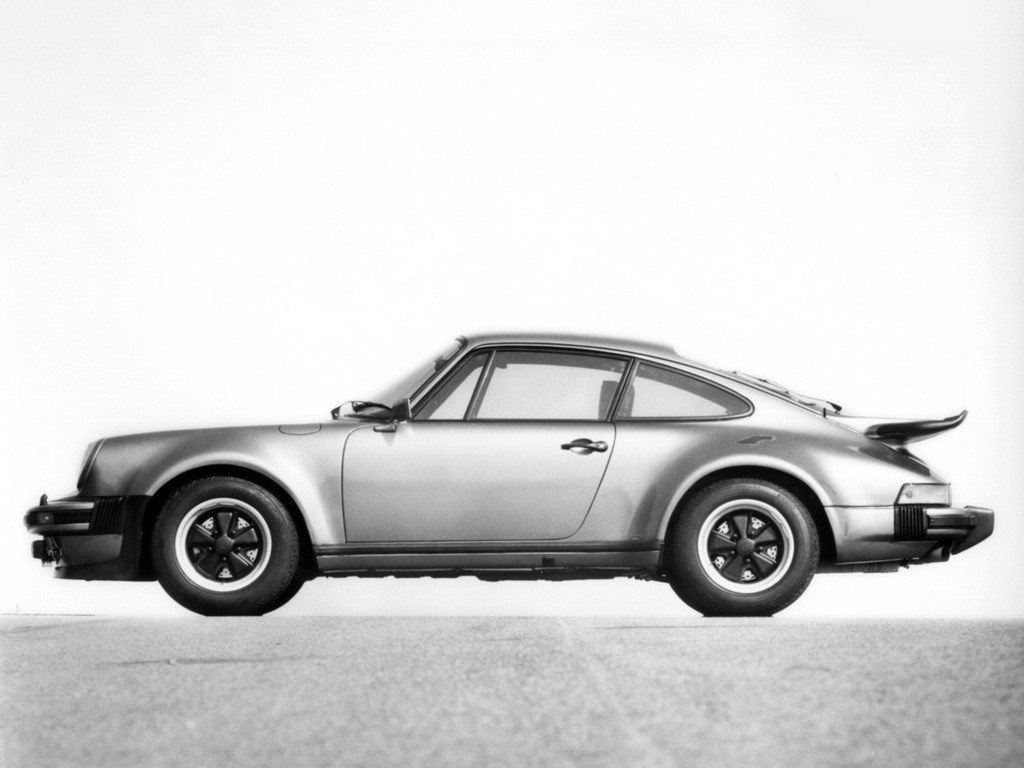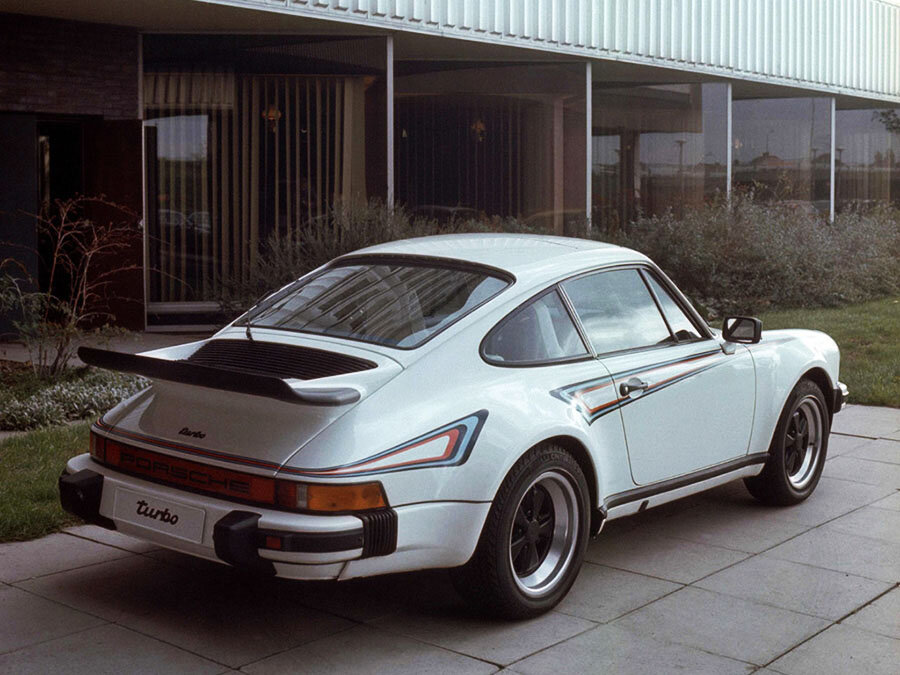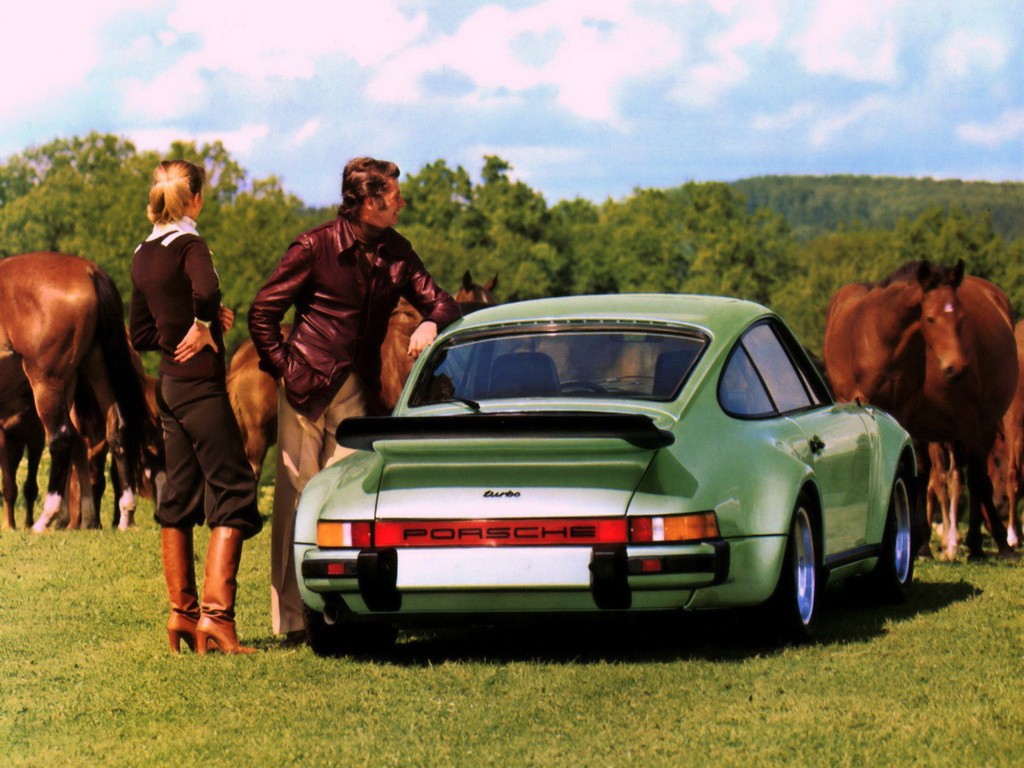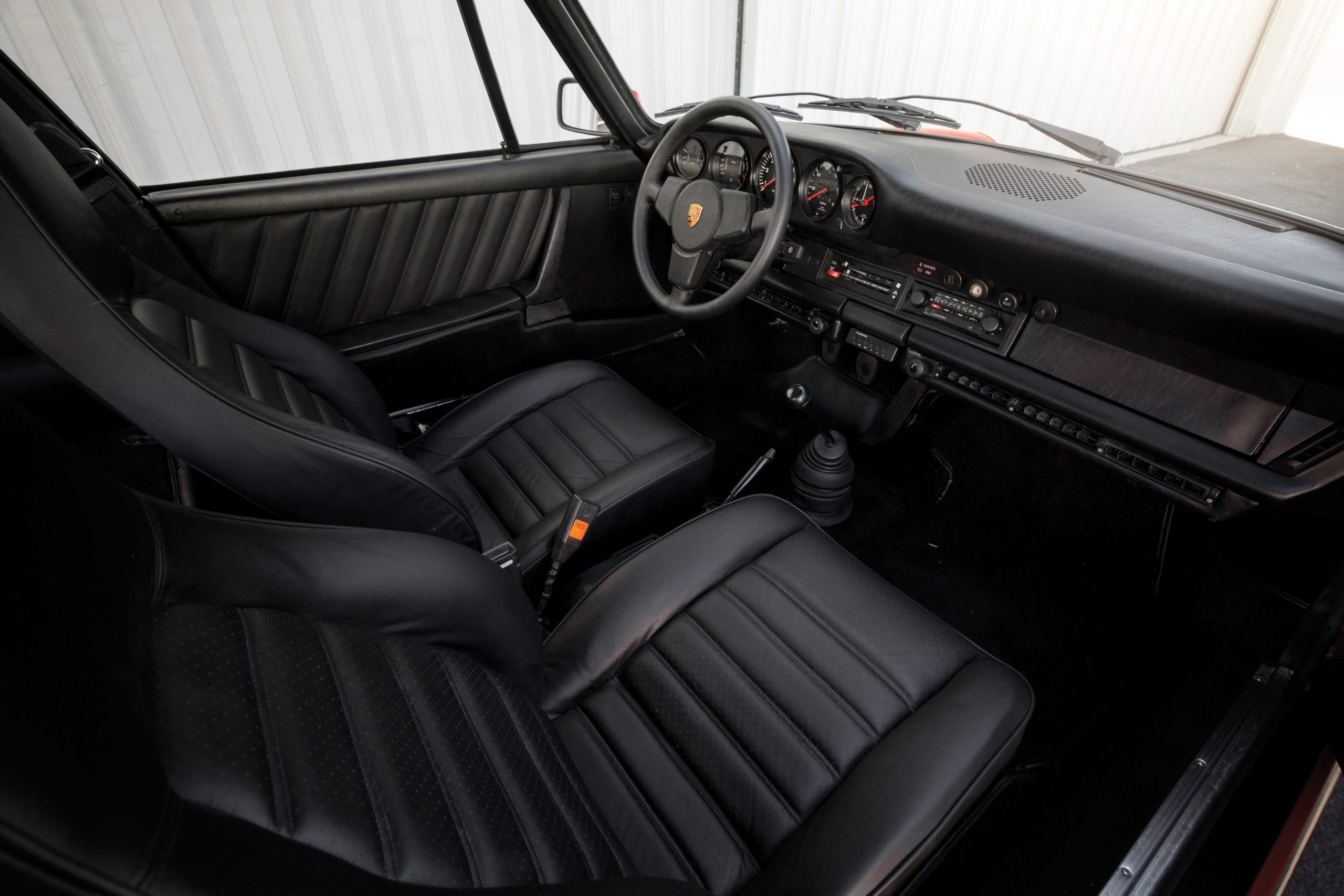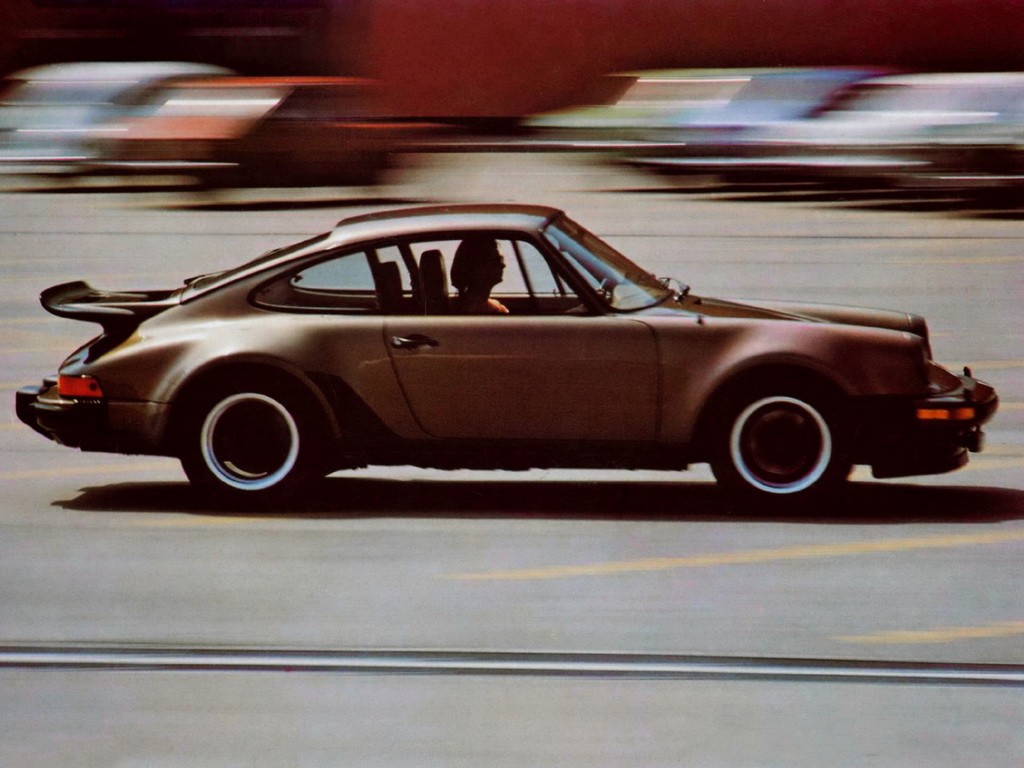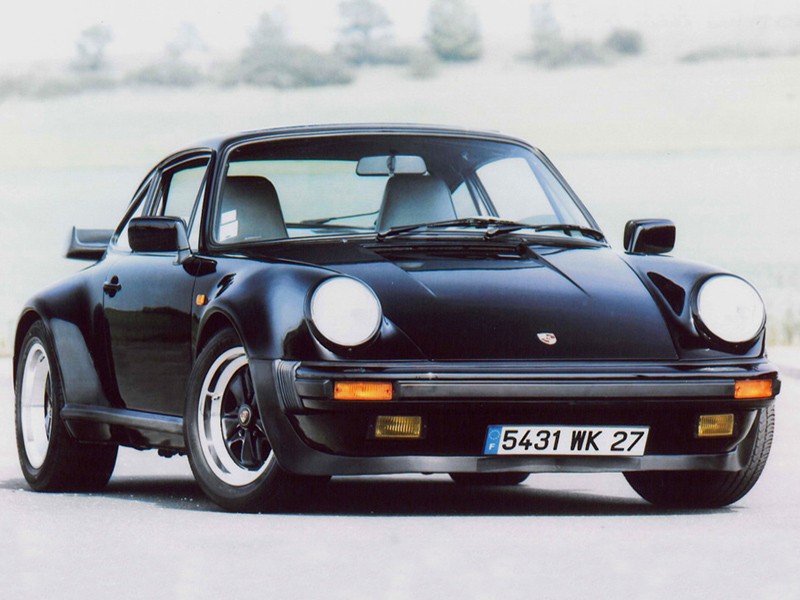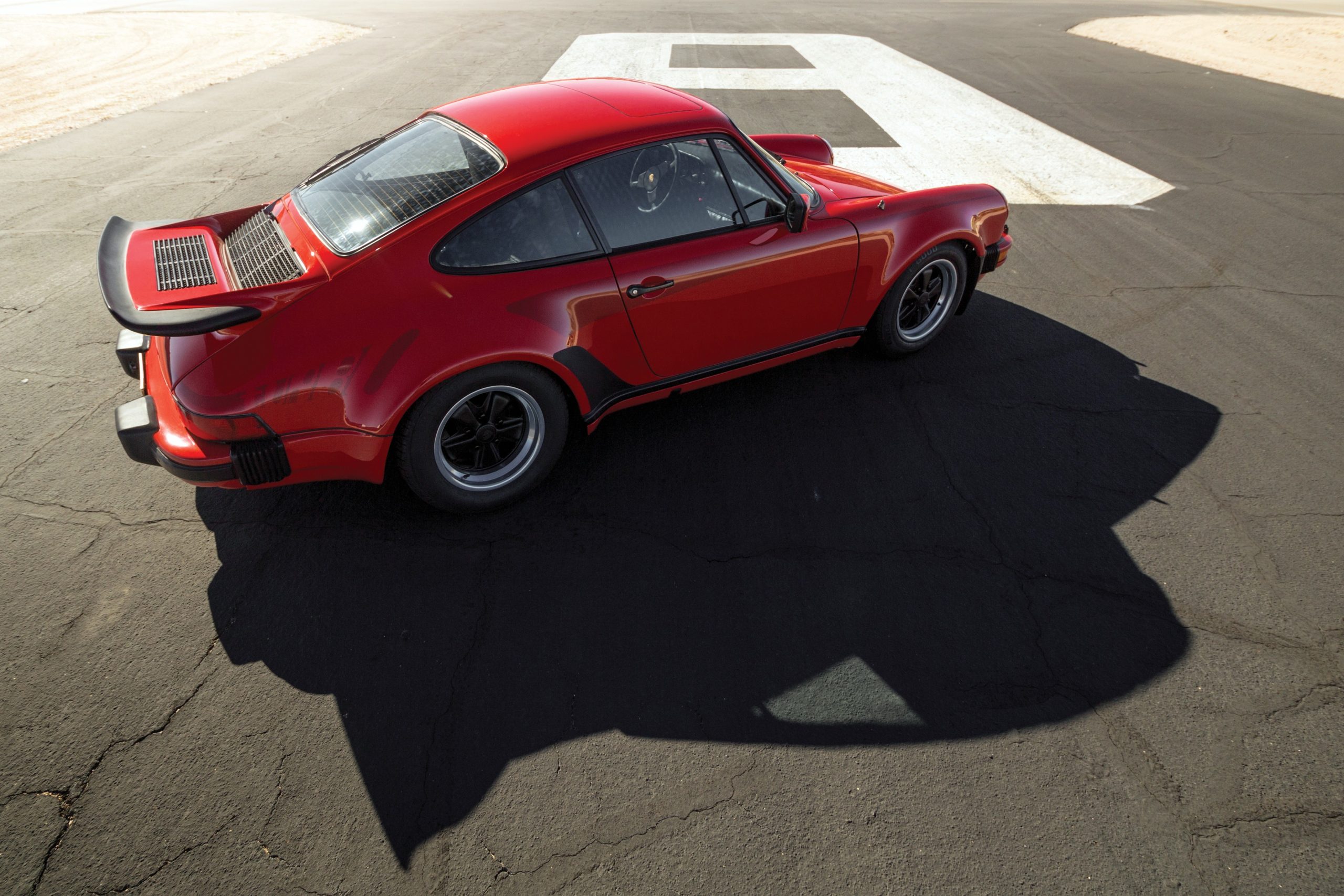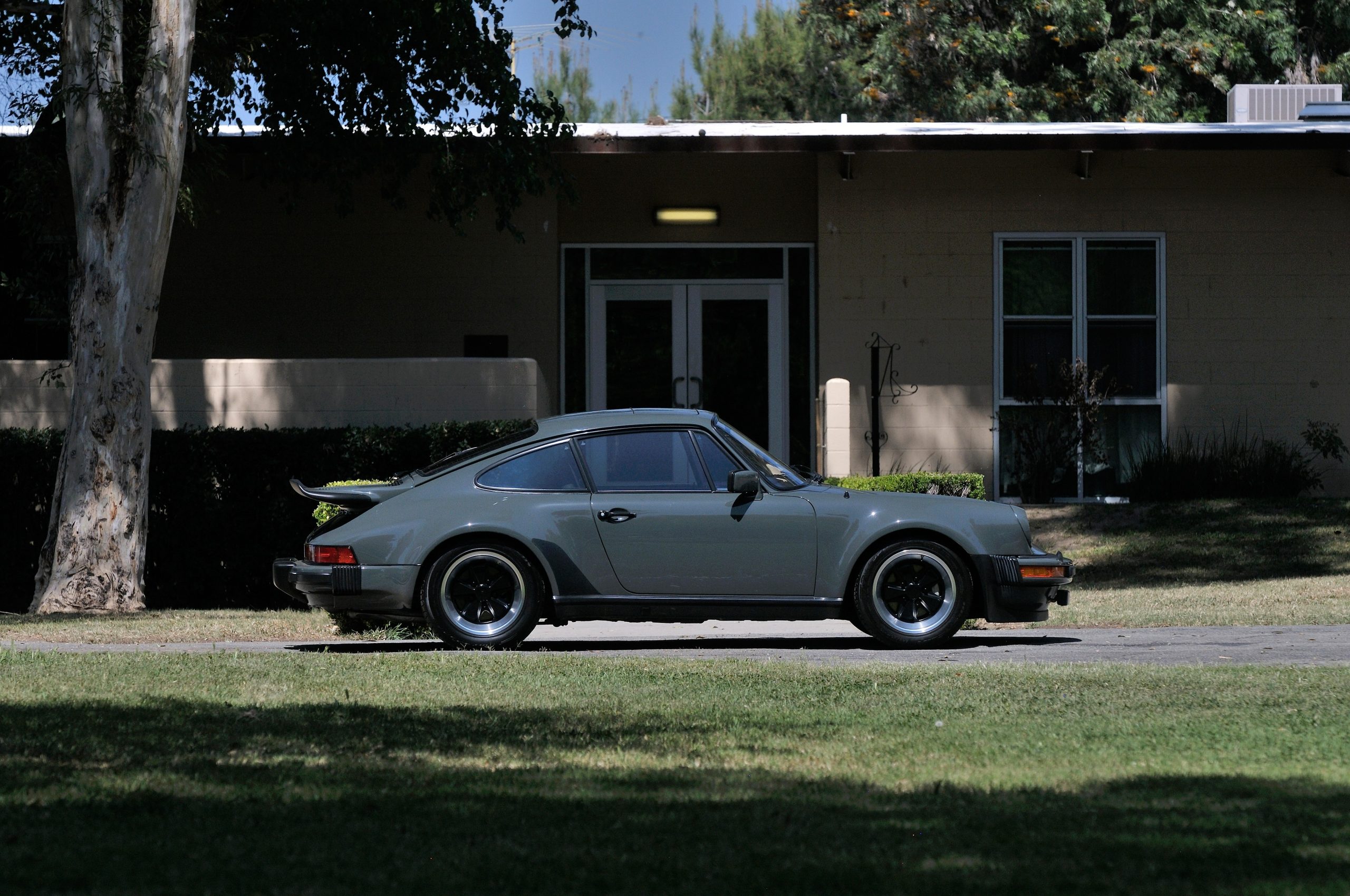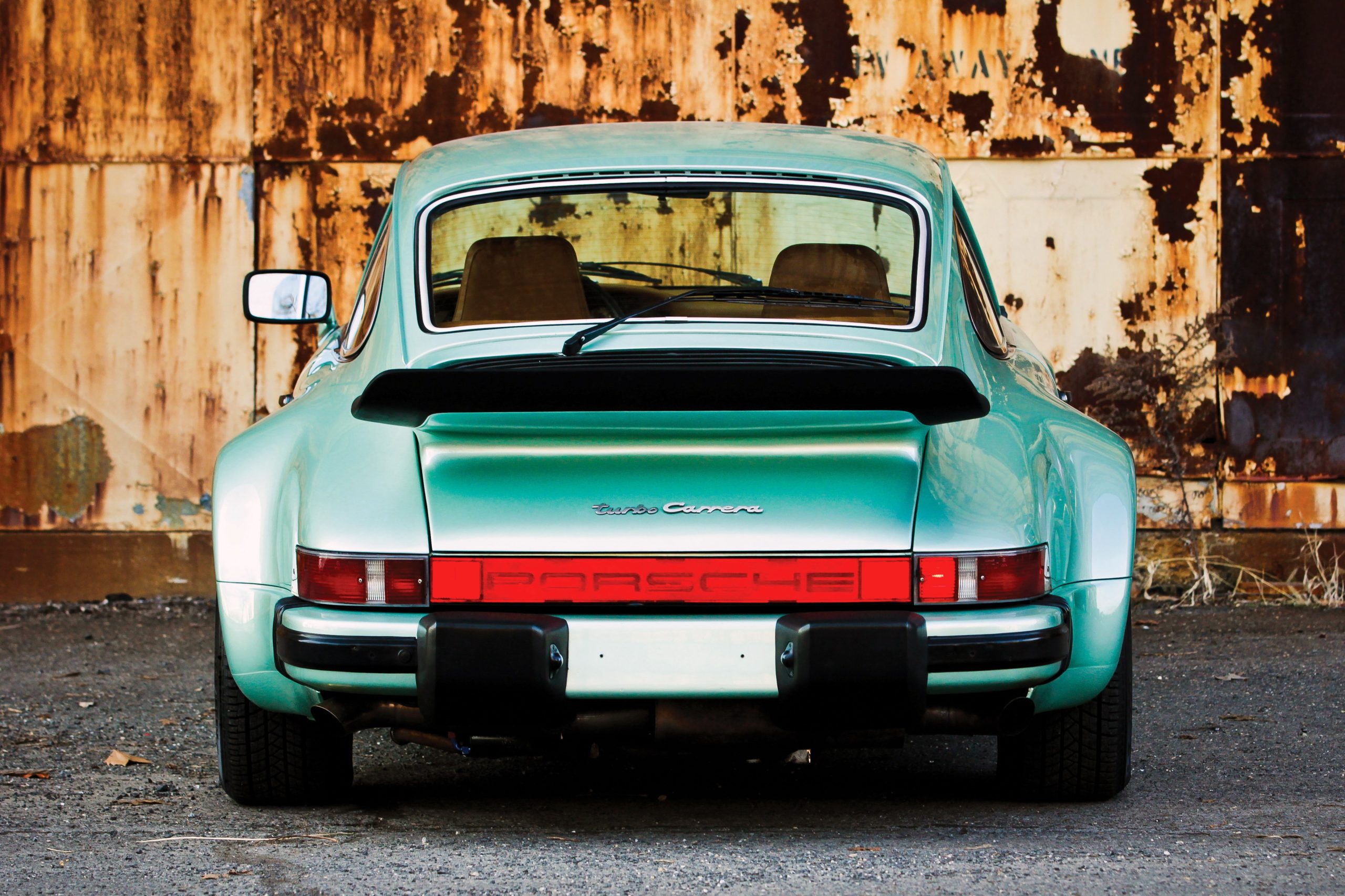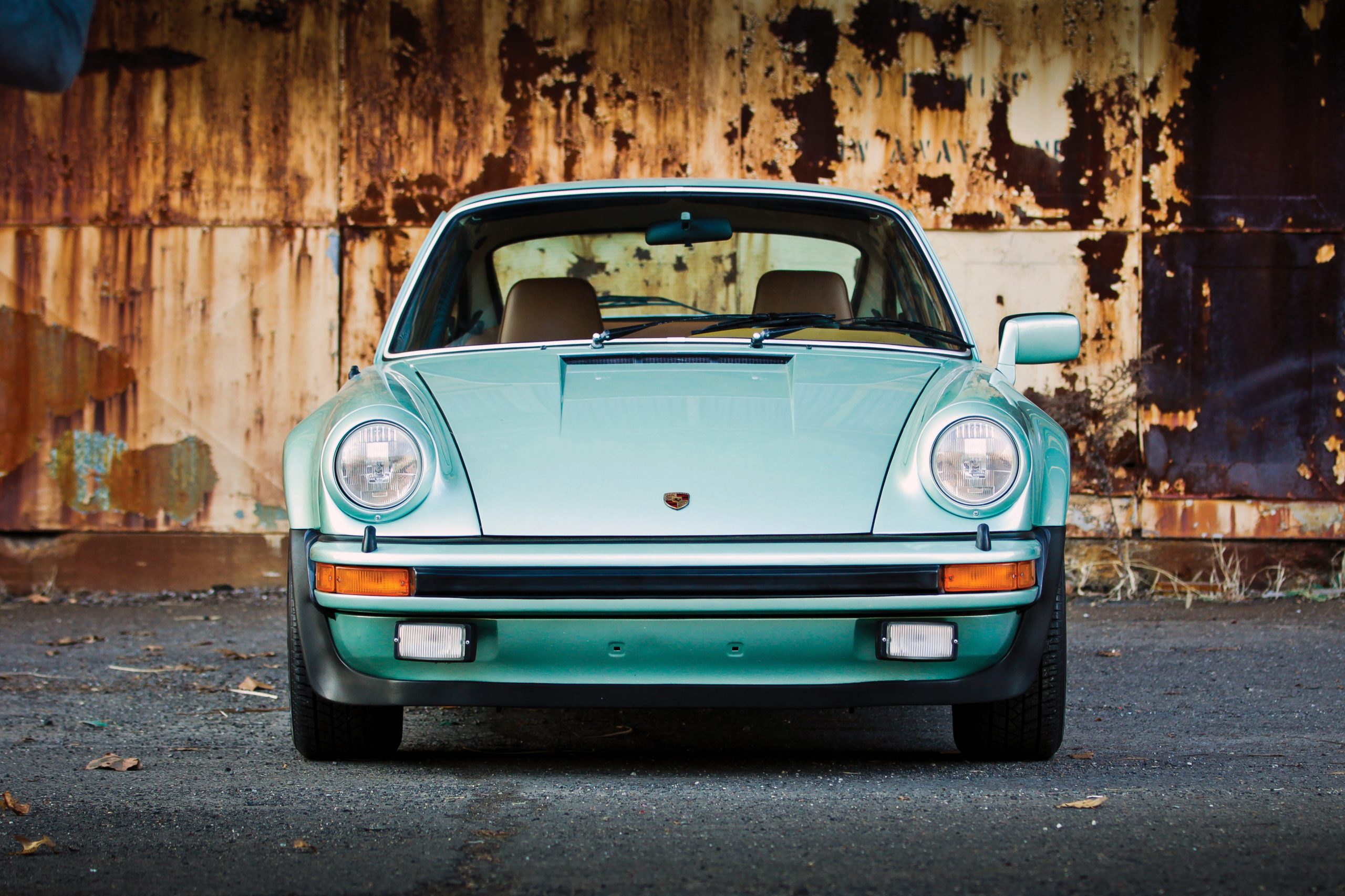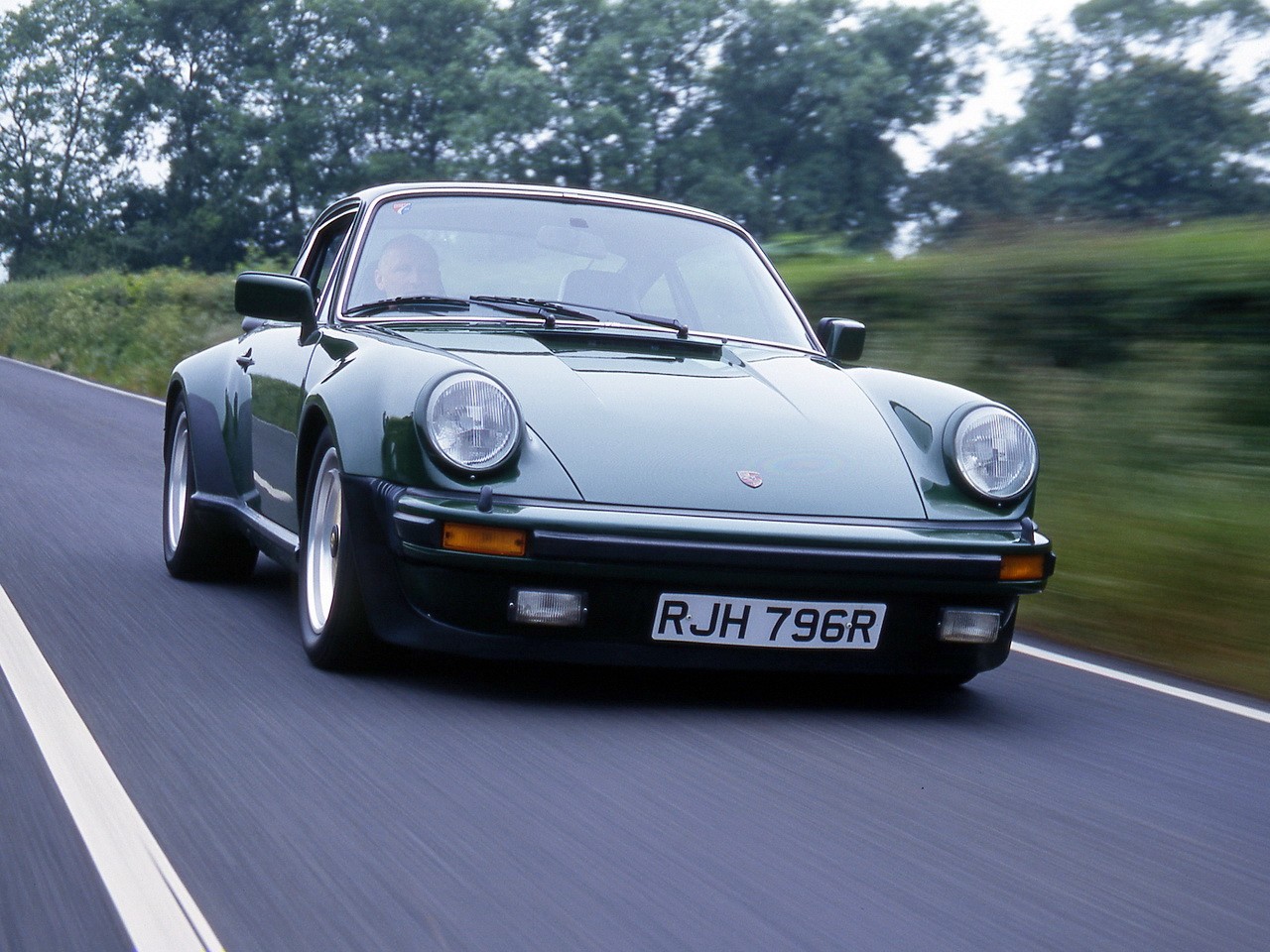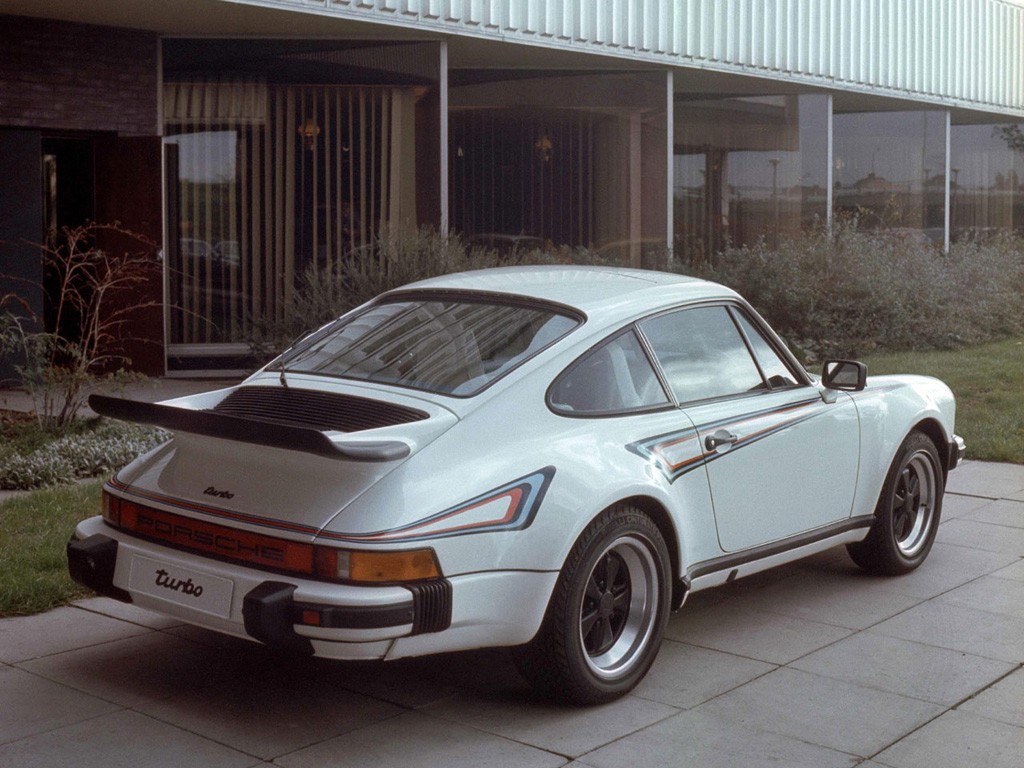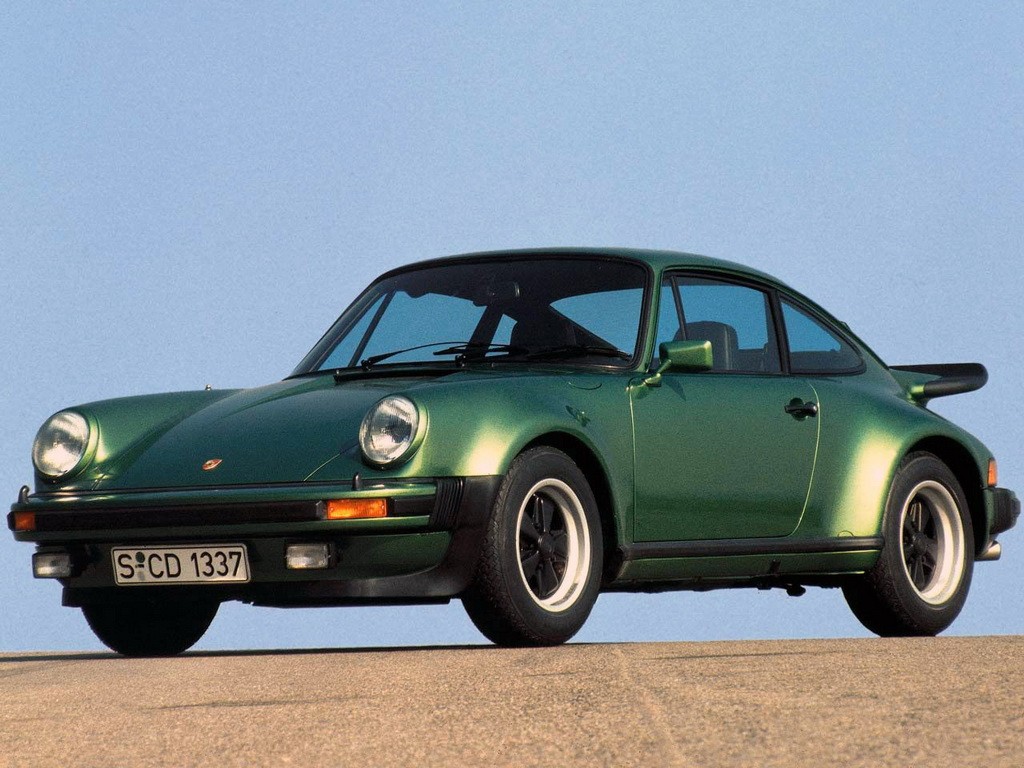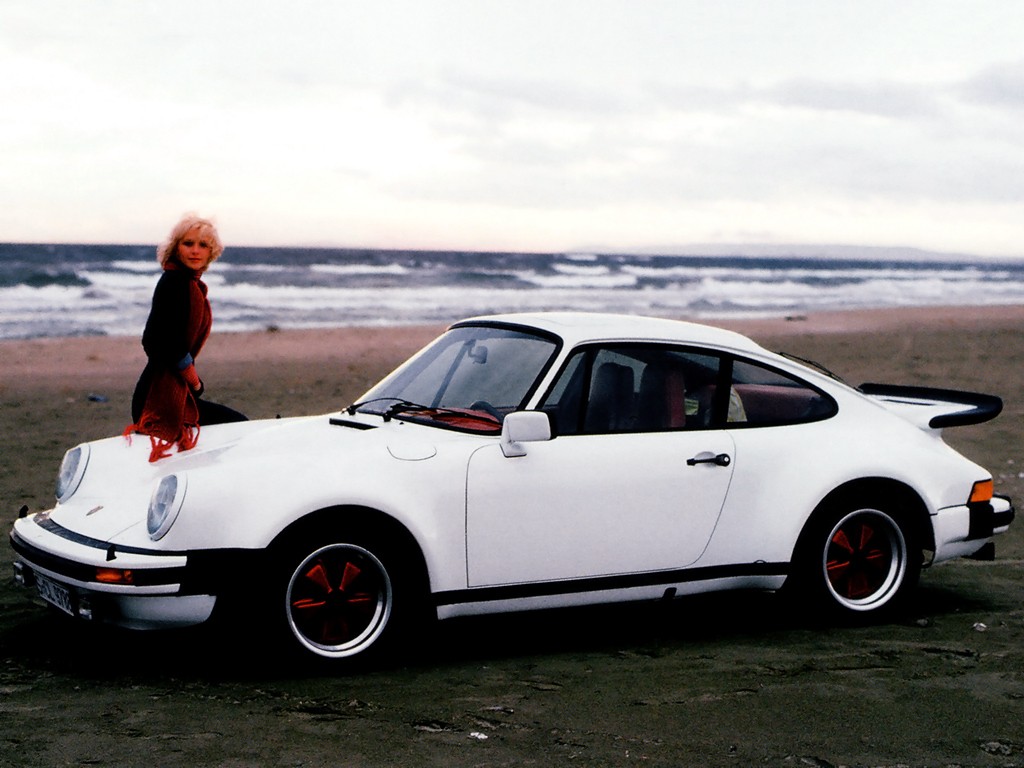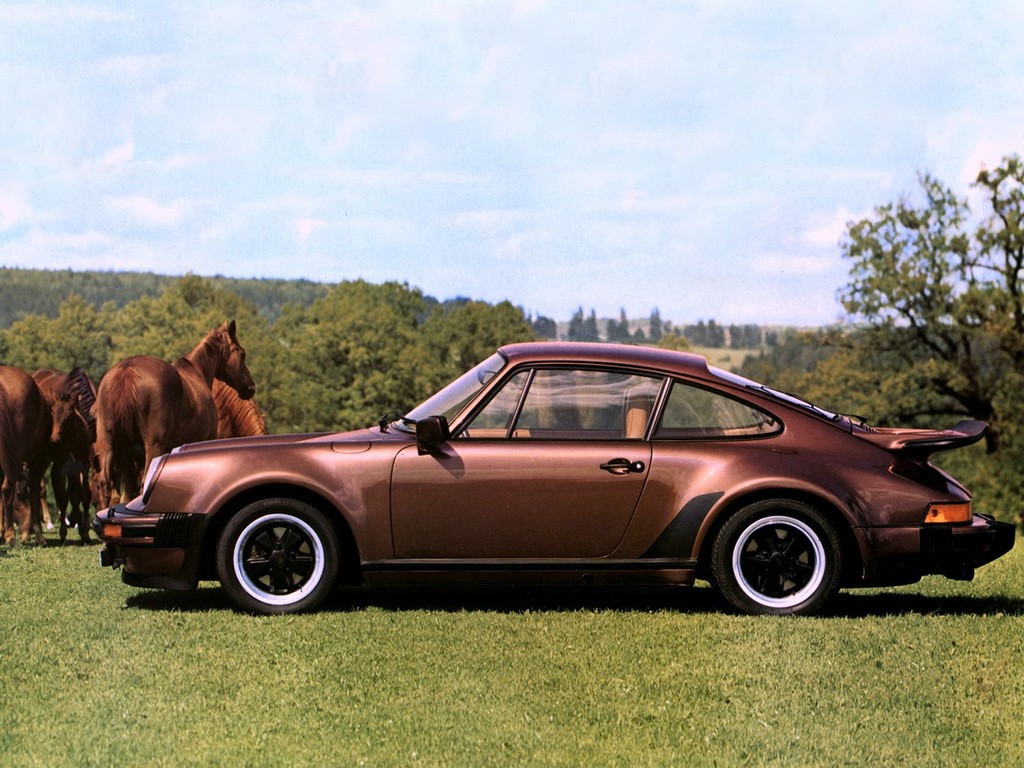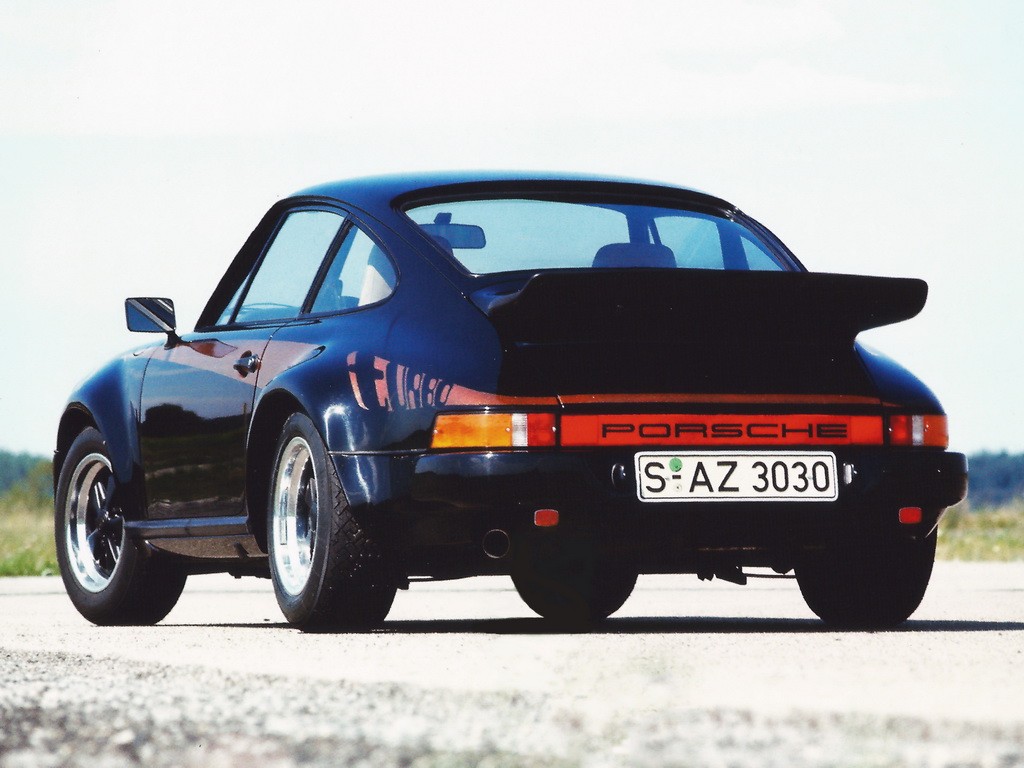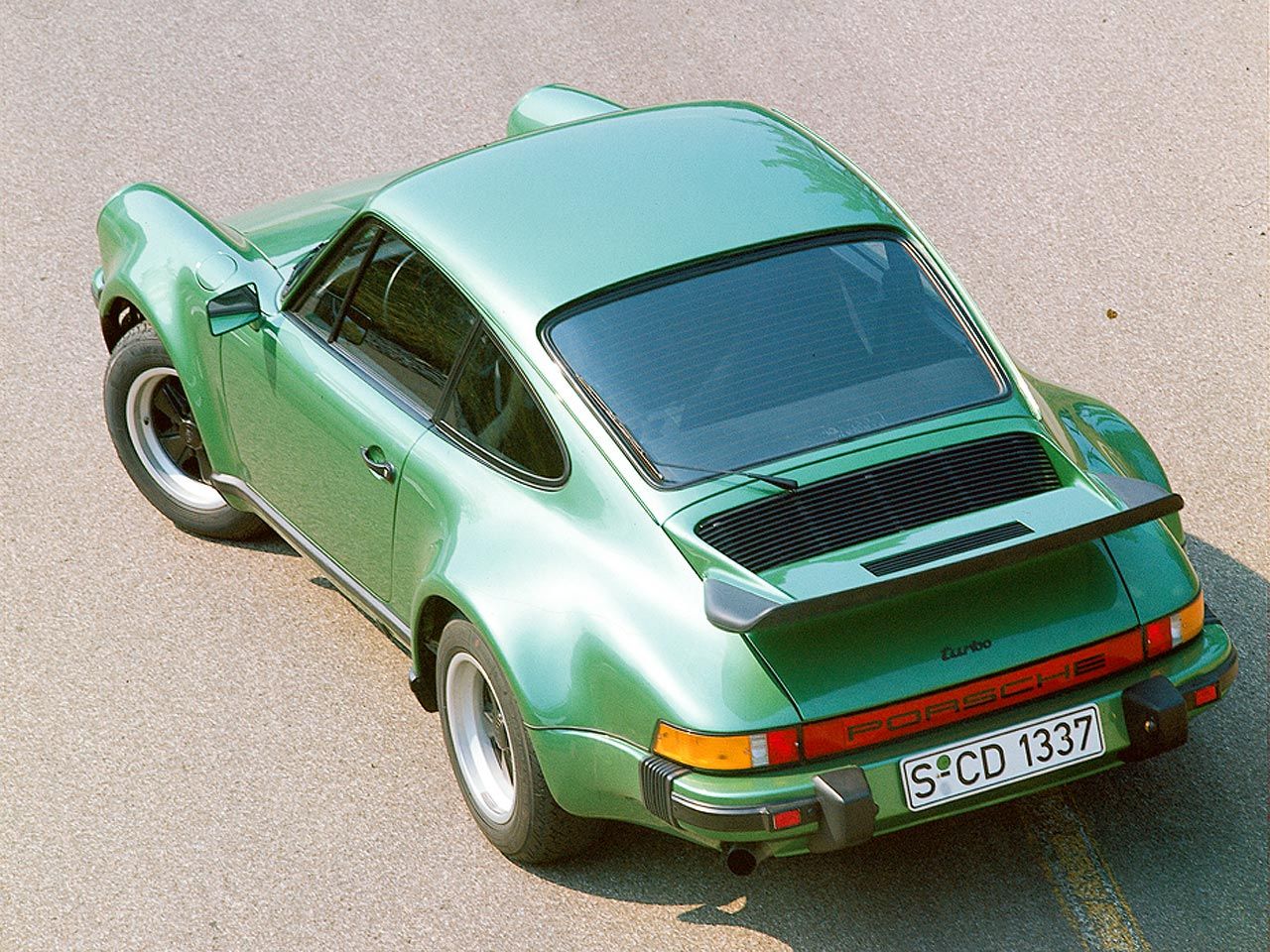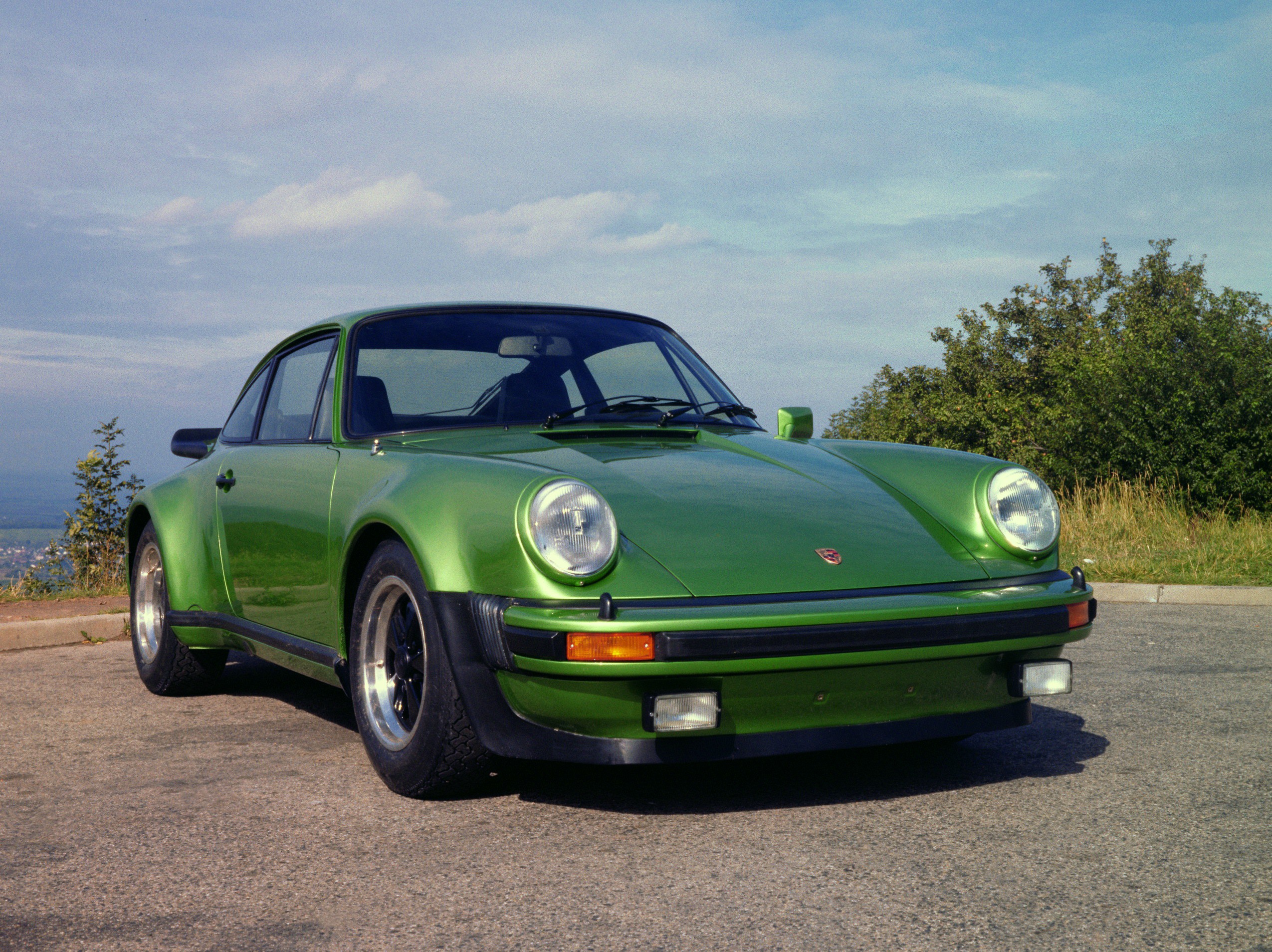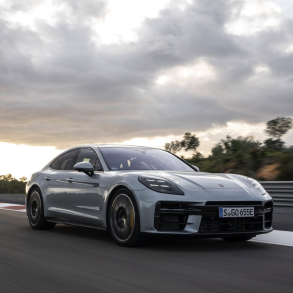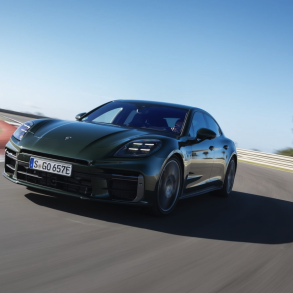(1975 – 1977) Porsche 911 Turbo 3.0 (930) – Ultimate Guide
It was the fastest production car in the world at the time of its launch and it was the flagship of the Porsche carmaker. It was hard to drive and became known as the Widowmaker, with a mystique and speed that captured a new generation of car nuts worldwide. While today’s supercars are fast on an entire different level when it comes to the numbers, remember what the world looked like in the mid 1970s. Cars were slow, heavy and couldn’t handle. Turbocharging wasn’t really a thing.
And here comes Porsche with a 2635 lbs car with no power steering, no ABS, and no traction control and a beast of a turbocharged engine in the back with the most insane turbo lag you can imagine, ready to throw you over the side of a cliff if you were brave enough to keep your foot down mid-corner as the boost spun up. The 930 had a top speed of 155 mph and could sprint from 0-60 mph in 5.5 seconds. It catapulted Porsche into elite performance car territory but the 930 was considerably less expensive than most of its rivals.
The Background
Porsche was moving towards 911-based race-cars and away from exotic prototype racers, and thanks to homologation regulations that meant manufacturers were required to build (and sell) a number of cars before the models were allowed into competition. This drove a cycle where many of the innovations from racing made their way into everyday cars much faster and much more obviously. You had a race what you sold to customers and that homologation world is how we ended up with cars like the 911 Turbo. With Groups 4 and 5 in mind, Porsche created their second 911-based homologation special: the turbocharged 930.
Porsche had reached the physical limits of the production-based flat-six with the three-litre competition engine developed during the early 1970s of racing. By this time, the firm were already experienced in the art of forced induction. Using the lessons learned with the mighty 917/30 Can-Am car, the German manufacturer turned to forced induction instead for its racing cars for the next generation of race cars. Side-by-side Porsche developed turbo-charged version of the 911 competition and road cars. To help the development of the new 911 Turbo ahead of its launch for the 1975 model year, Porsche wanted to prove the abilities of a turbocharged 911 in competition, so it built the mighty 911 Carrera Turbo 2.1. The road and race programs were in lock-step.
Ernst Fuhrmann was handed the task of developing the Turbo model. Fuhrmann took the 3.0L flat six from the 1974 Model Carrera RS 3.0 as his base (which was the base model for the dominant Carrera RSR 3.0 race car). He adapted the turbo-technology that was initially designed for the Can-Am racers and took lessons from the Turbo 2.1 engine also, creating the monster that was then internally dubbed the Type 930.
The original plan for the 911 Turbo was to meet the homologation requirements of 400 units that were to be produced over a period of 24 months, at which point Porsche would cease production. When the homologation rules changed and the car was no longer needed to meet requirements, Porsche decided to soldier on and continue development with a goal to produce a variant of the Model 911 that would top the line of production Porsche models and could directly compete with the luxurious powerhouses being turned out by Ferrari and Lamborghini.
Development
The development of Porsche’s first turbocharged 911 began in 1972. A prototype of the first 911 Turbo was unveiled at the Frankfurt Auto Show in the fall of 1973 to test the market potential of the design.
The engine was a 3.0-liter flat-six with one big turbocharger that offered 260 bhp @ 5500 rpm and torque of 254 ft lbs @ 4000rpm. 0 – 60 mph took just 5.5 seconds and the top speed was 155 mph. The 930’s dry-sump and single overhead camshaft design was based on the 1974 3.0 Carrera RSR. It also got forged alloy pistons with Nikasil barrels. Displacement was 2994cc. Turbocharging was provided by a KKK 3 LDZ turbo. Originally with 0.8 bar, in 1976 it got a boost to 1.0 bar. The Turbo also got a stronger 4-speed manual gearbox (a new Type 930/30 unit).
The Type 930 was based around the 911’s standard steel unibody chassis. In order to handle the higher power output, the Type 930 was given a suspension revision, larger brakes, larger wheels and wider tires. Suspension was basically from the 1974 model year 3.0 Carrera RS. At the front it comprised MacPherson struts with lower wishbones, longitudinal torsion bars and anti-dive geometry. The back end used semi-trailing arms with anti-squat. Bilstein shocks were fitted all round and anti-roll bars at either end. Wheels were supplied by Fuchs and were 15 x 7-inch at the front and 15 x 8s at the back.
The outside of the Turbo looked similar to the Carrera, but the rear fenders were wider by 6 cm (2.36”). A big, fixed, wing in the back over the engine compartment was needed to cool the oil and the engine. The entire engine lid was made out of glass-fiber reinforced plastic. It was used to feed the turbocharger as well. The dramatically flared wheelarches and massive rear spoiler gave the Turbo a more aggressive and serious stance than the regular models. The Turbo was also given an exhaust system with twin tailpipe. Exhaust gases only escaped through the left pipe when the boost-pressure control valve of the turbocharger was open.
Inside, the Turbo was fitted with all the bells and whistles, including leather interior and bucket seats in the front and leather seats in the back. The instrument cluster was the same as in the Carrera and there was no turbo-gauge (initially). It didn’t feature air-conditioning though, just a ventilation system. Overall, the interior was a very familiar 911 affair, but with more luxury.
Standard equipment included a four-speaker stereo, rear wiper, electric windows and in a cool touch, headlight washers and fog lights. You could also upgrade with several options. Most interestingly you could get a limited-slip differential as well as centre console, air-con, rear fog lights and sunroof.
An Immediate Success
The production version was released at the Paris Auto Show in 1974 and was finally put into production in Europe for the model year 1975 and marketed simply as the “911 Turbo”. With its three-litre displacement and exhaust-gas turbocharger the Turbo recorded new performance never seen before. Porsche had injected all of its sports car experience with exhaust-gas turbochargers into its series production model and the world got very excited.
At the onset only a small number of Turbos were planned, but as we now know, the 911 Turbo was here to stay and went on to become a legend. The first exports didn’t hit the shores of the US until 1976 and were initially badged as “Turbo Carrera” for a short period of time. Soon the designation was changed to Type 930 and was carried through the remainder of it’s production.
As impressive as the stats and performance graphs were for the Type 930, the car proved dangerous and even deadly in the hands of inexperienced drivers. The rear-engine placement was advantageous for traction; however, the severe turbo-lag would create sudden bursts of power during cornering that would break the car loose and cause it to spin out of control. Less experienced drivers would react by quickly releasing the throttle which only amplified the situation – the result was more often than not disastrous. Keeping the engine at high revs ultimately minimized the turbo-lag which soon became apparent to the more skilled drivers who were then able to finesse the cars into producing the outstanding performances they were capable of.
The Type 930 didn’t receive any significant upgrades until 1978 when the engine size was increased to 3.3 liters and an intercooler was added which bumped up engine output to 300hp, becoming the Turbo 3.3. The brakes were also upgraded again, and the spoiler was re-designed and raised slightly to accommodate the addition of the intercooler.
Model Timeline
1973 – The Show Car
An engine-less 930 mock-up (chassis 911 330 0157) was displayed at the Frankfurt Motor Show in October 1973. However, this silver and white-striped prototype retained many 3.0 RS features including bumpers, fenders, wheels and seats.
1974 – Prototype Narrow Body
A narrow-bodied 911 2.7 Carrera Turbo prototype was built in early 1974 (chassis 911 560 0042). After serving as a development car, it was refurbished and gifted to Ferry Porsche’s sister, Louise, on her 70th birthday in August 1974. A production-ready 930 was unveiled at Frankfurt in October 1974. It featured cross-drilled and ventilated discs from the 917. For production, Porsche switched to the Carrera 3.0 arrangement.
1975 Model Year – H Series Cars
The initial production car is launch and production starts in February 1975, on the H-series platform. Porsche had expected to struggle selling the 400 cars needed to pass homologation for Group 4 racing. They were wrong. It was a huge commercial success almost immediately. 284 H-series 1975 model year 930s were built, all of which were LHD. The initial model comes with a 260 bhp 3.0-liter Turbo, an all new Type 930/50 unit mated to a new 4-speed gearbox. The Turbo gets the wide body with a whaletail rear spoiler. Initially launched in LHD, the RHD UK models became available from Sept 1975 (as 1976 model year cars).
1976 Model Year – I Series Cars
Most meaningful for 1976MY was that the USA got their own Turbo. US and Canadian customers were supplied with a US-legal 930 for the first time ever. The main difference versus the worldwide cars was a revised Type 930/51 engine with more emissions equipment, which gave these cars about 15bhp less power (245 bhp at 5500rpm).
Production for the 1976 model year started in September 1975 and Porsche was ramping up as demand had shown them they had something special on their hands. The 1976 model year cars were based on the revised I-series platform. Boost went from 0.8 to 1.0 bar for 1976. There was a change in the turbo set up to reduce the immediate power surge that caught many drivers out. The engine cooling grille was enlarged to help get more air into the engine.
Electric door mirrors were new for 1976 and you could optionally get a full leather interior and now famous Turbo sticker set up on the exterior. You could also upgrade to 16-inch diameter wheels as an option.
1977 Model Year – J Series Cars
Production for the 1977 model year began in September 1976 and Porsche continued to iterate on the Turbo formula with more changes and updates.
The Turbo gets a boost gauge in dash for first time, housed in the tachometer unit. 16-inch Fuchs alloy wheels became standard as did the centre console. Thicker 20mm anti-roll bars were fitted (up from 18mm). For eagle eyed observers, the engine number was changed from 930/50 to 930/52. The North-American cars engine number changed from 930/51 to 930/53.
Options-wise, it was basically just cosmetic. You could get your very own Martini body stripes or order your own ‘Martini Turbo’ which had fancy orthopaedic seats trimmed in Martini colors.
1978 Model Year – The 3.0 Becomes the 3.3
For the 1978 model year, a new 300 bhp 3.3-litre model (930/60) with intercooler and 917 derived brakes was launched. Visually, the ‘Tea-tray’ rear spoiler (with upturned side fences) replaces ‘Whaletail’.
Production Numbers and VIN Ranges
The 1977 model year 930s were the last 3-litre cars built. For the 1978 model year, an uprated 3.3-litre engine was introduced. By the time production ended in August 1977, a total of 2880 three-litre 930s had been completed. 1,623 of these were the 260 bhp variants and the remaining 1,257 were 245 bhp US-bound derivatives.
| Model Year | Series | Engine | Production Units | VIN Range |
| 1975 | H-series | Type 930/50 | 284 | 930 570 0001 to 0284 |
| 1976 | I-series | Type 930/50 | 644 | 930 670 0001 to 0644 |
| 1976 | I-series USA version | Type 930/51 | 530 | 930 680 0001 to 0530 |
| 1977 | J-series | Type 930/52 | 695 | 930 770 0001 to 0695 |
| 1977 | J-series USA version | Type 930/53 | 727 | 930 780 0001 to 0727 |
Videos
Pictures


